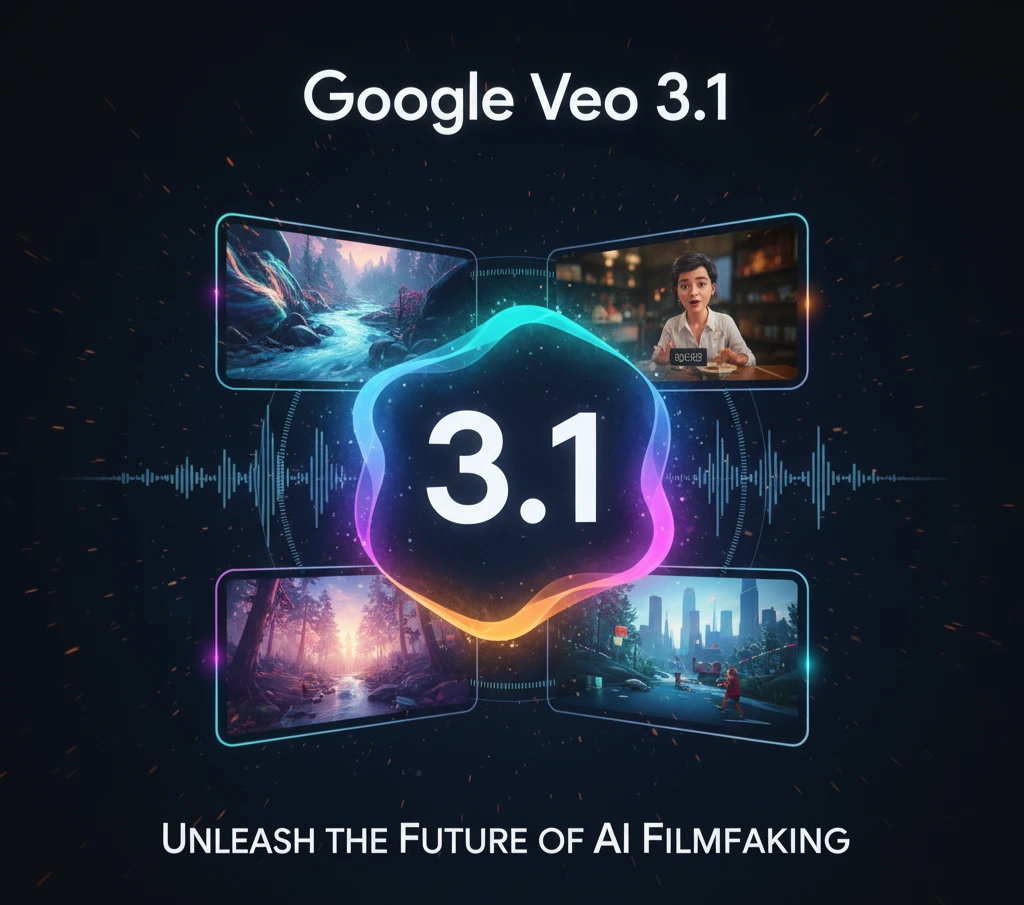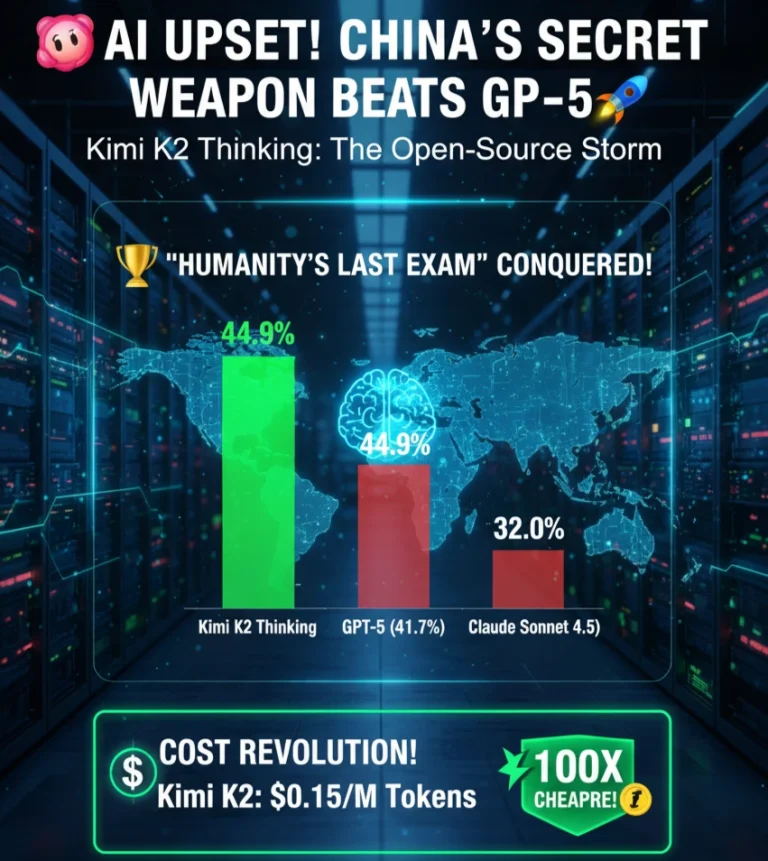
Google has officially launched Veo 3.1, marking a major leap forward in AI-powered video generation and editing. Building on massive adoption of its Flow filmmaking tool, which has powered more than 275 million videos so far, this update packs deeper creative control, enhanced audio features, and realistic visual effects into one sophisticated platform.
What’s New in Veo 3.1?
Veo 3.1 makes AI video creation better than ever. It adds richer audio so creators can include synced sound effects, natural talks, and music inside videos. Audio now plays a key part in setting the mood, smooth scene changes, and emotion.
This new version also improves video quality. It captures real textures and follows prompts closely. Whether you want smooth shifts between images, long cinematic shots, or consistent styles using reference pictures, Veo 3.1 helps bring big storytelling ideas to life easily.
Precision Editing Takes Center Stage
Flow, Google’s flagship AI filmmaking tool, now embeds powerful editing options. Creators can insert new objects, characters, or details into existing scenes. Google’s technology automatically adjusts shadows and lighting so new elements blend seamlessly.
Soon, users will even be able to remove unwanted elements, with Flow reconstructing backgrounds for a natural look—a feature drawing attention from professional video editors. Video extension capabilities also allow for longer, continuous clips. Creators can build extended scenes from previous shots, making it easier to craft cinematic moments or establish detailed backgrounds with seamless audio continuity.
Designed for Developers and Storytellers
Veo 3.1 is now part of Google’s Gemini app, Gemini API, and Vertex AI. Developers and businesses can use its advanced tools to build creative platforms. Users can guide video generation with up to three reference images. This helps keep the same style or characters across different shots. Many studios and AI startups are using Veo 3.1 for quick storyboards and previsualization. It is becoming a powerful tool for both filmmaking and interactive storytelling.
Social Media Buzz
Since its announcement, Veo 3.1 has ignited excitement on social media platforms. Video creators and tech influencers on YouTube and LinkedIn are praising Veo 3.1’s upgraded realism, multi-scene composition, and seamless character consistency, even comparing it directly to OpenAI’s Sora 2 for its advanced features.
Posts highlight Veo’s perfect lip-sync, 1080p output, and the freedom to design complex, minute-long videos with multiple prompts and cinematic presets. Many users share success stories of using the tool for reels, shorts, and professional-grade content creation, with hashtags like #googleveo3, #veo3, and #texttovideo trending among creative AI communities.
Veo is getting a major upgrade. 🚀
We’re rolling out Veo 3.1, our updated video generation model, alongside improved creative controls for filmmakers, storytellers, and developers – many of them with audio. 🧵 pic.twitter.com/YQVRxwj7hk
— Google DeepMind (@GoogleDeepMind) October 15, 2025
Early testers report that Veo 3.1 often outperforms the competition on image quality, character consistency, and narrative flexibility, leading to a rush of sign-ups for the waitlist on partner platforms.
What’s Next for AI Video Creation?
Google is paying attention to creators and improving Veo 3.1 based on their feedback. It also gives users more detailed control over every part of video creation.
Veo 3.1 is quickly becoming a key tool for new digital storytelling in studios and for independent creators. Developers, artists, and filmmakers can start trying it now as it rolls out in Gemini products and the paid preview of the Gemini API.
The updates make it possible to create more powerful, creative, and precise videos. Veo 3.1 sets a new standard for what AI video can do.
FAQs
Find answers to common questions below.
What is Google Veo 3.1 and how does it improve AI video creation?
Google Veo 3.1 is the latest AI video generation model that creates realistic, high-fidelity videos with synchronized audio, advanced editing, and seamless scene transitions, helping creators bring stories to life effortlessly.
Can Veo 3.1 combine multiple images into one video?
Yes, Veo 3.1 can synthesize separate images into a single cohesive video clip, making it easy to create dynamic scenes without manual frame-by-frame animation.
How does Veo 3.1 enhance audio in AI videos?
Veo 3.1 adds rich native audio, including sound effects, natural conversations, and perfectly synced voiceovers that improve immersion and storytelling impact in generated videos.
What editing options are available in Flow with Veo 3.1?
Flow users can now insert or remove objects in videos, with automated lighting and shadow adjustments for seamless blending, plus extend clips for longer, cinematic scenes.
Who can use Veo 3.1 and how?
Veo 3.1 is available through Google’s Gemini app, Gemini API, and Vertex AI, enabling developers, creators, and businesses to generate and edit AI-driven videos with advanced customization.
How does Veo 3.1 compare to other AI video tools like OpenAI’s Sora 2?
Veo 3.1 stands out for its superior prompt adherence, multi-scene storytelling, and realistic audio-video synchronization, making it a top choice among AI video generation platforms.
Can Veo 3.1 create longer videos from short clips?
Yes, Veo 3.1 supports video extension, allowing users to generate longer, continuous clips by building on previously created video frames for smooth storytelling.




